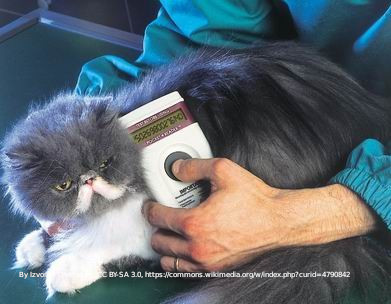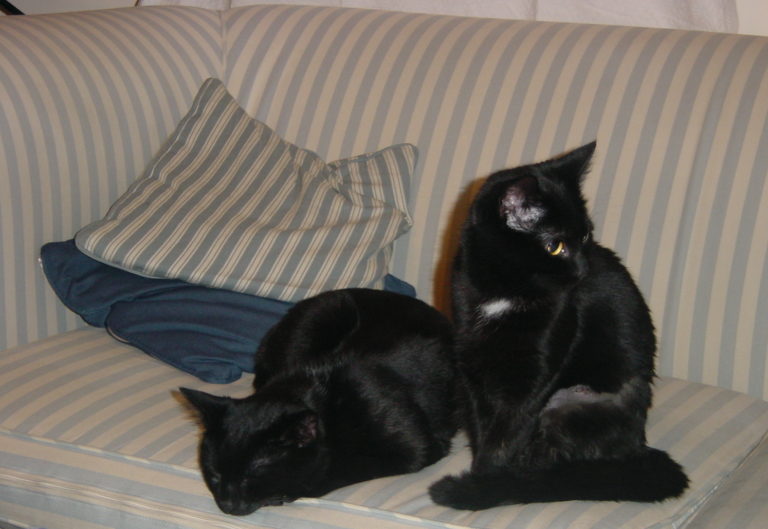Some things in life are worth paying more for, but is cat food one of them? In a recent Money section feature, cat-owning journalist Rebecca Goodman set out to answer that question. She was prompted to look at her cats’ food when one of them became ill. She was surprised to learn from her vet that eating a mid-range wet cat food at every meal wasn’t good for the cats.
Meat
The range of foods available is huge. The variety reflects human’s own diet choices, including vegan and vegetarian varieties. Only a small minority of cat owners buy the cheapest food, but most don’t consider what’s in it. The article quotes vet Dr Rory Cowlam as saying that cats are carnivores so should eat meat. Surprisingly, this doesn’t need to come from wet cat food. He reckons healthy cats need only dry food. It has the advantage of being better for cats’ teeth. Dry foods tend to cost less than the top brands and the meat content is often higher.
The best quality foods are high on meat and low on fillers. Fillers can include sugar, not something a cat should ever eat. Labelling isn’t always clear but sugars usually appear as “various sugars”. Standard meat content is about 4%, so aim for a make with significantly higher meat content.
Raw foods
Feeding cats raw food is controversial. The Cats Protection League doesn’t recommend it. It draws the distinction between a cat eating all of a freshly-killed mouse or bird, and it being fed a previously frozen chicken breast. Providing previously frozen raw food to a cat also serves up disease risks. Salmonella, E-coli, campylobacter and TB could all be present. Gastric problems were the single biggest reason for cat insurance claims last year. It’s important to get it right as we all want the best for our pets.



